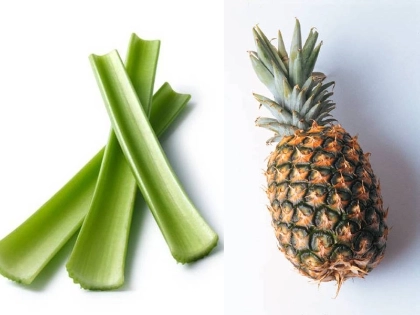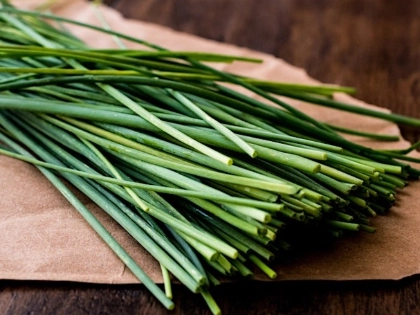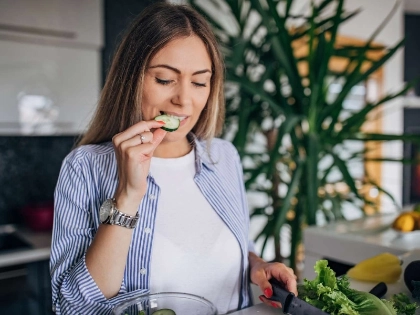Rock Climbing Injuries
The sport of climbing is physically demanding. Climbing's repetitive motions can cause ligament, tendon, and muscle strains. The danger of damage increases when rock climbers fall and twist repeatedly. Injuries can also result from improper form and hurrying to get on the wall without stretching beforehand.
Tears in the Rotator Cuff
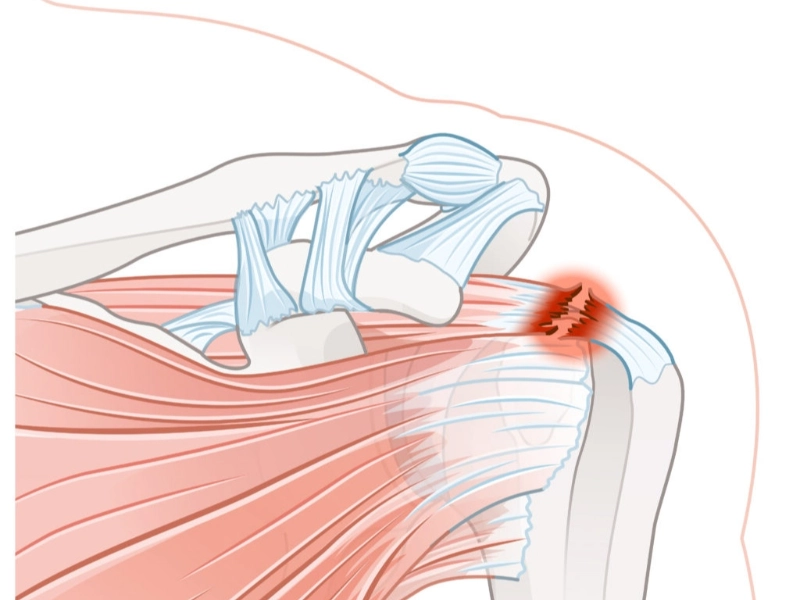
Tendonitis in the fingers
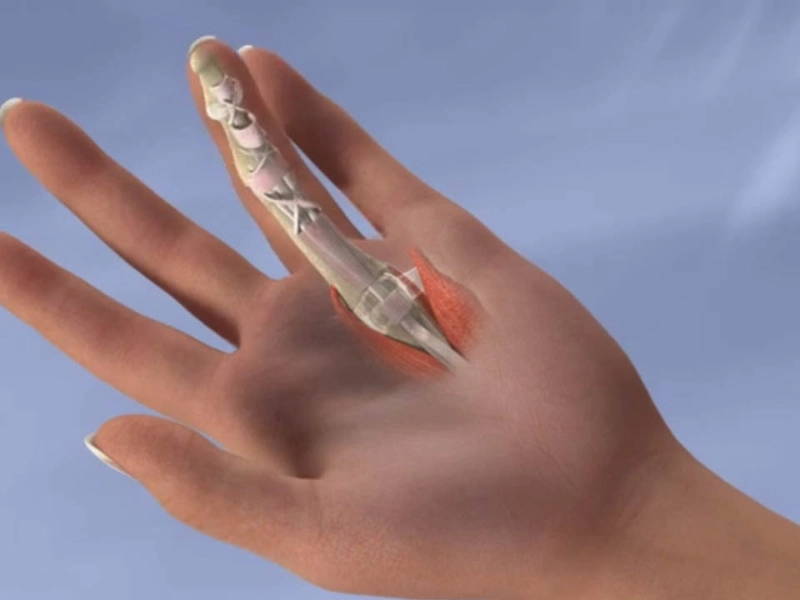 The fingers and hands are subjected to a lot of strain when climbing, which frequently calls for firm grasping. Strains in the tendons and ligaments supporting your grasp may result from this. Poor technique, repeated motions, and a lack of warm-up or stretching could be the cause of these ailments.
When you grasp too tightly, the tendons that run along the inner and outside of your fingers may rip. These tendons are known as flexor tendons, and they can become injured to the point that it becomes painful, swollen, tender, and impossible to bend your finger at the middle joint.
Your risk of knee injury increases when bouldering and taking on tough routes that require repeated jumping or falling. This covers meniscus tears as well as sprains and fractures. Significant discomfort, a sense of unsteadiness, fast muscle atrophy, stiffness, and swelling are all symptoms of a torn meniscus. Physical therapy is typically used to treat this, and surgery is also sometimes necessary. Climbing can also result in a foot condition called Morton's neuroma, which is caused by compression of the nerve that runs beneath the ball of the foot between various structures in the forefoot.
The fingers and hands are subjected to a lot of strain when climbing, which frequently calls for firm grasping. Strains in the tendons and ligaments supporting your grasp may result from this. Poor technique, repeated motions, and a lack of warm-up or stretching could be the cause of these ailments.
When you grasp too tightly, the tendons that run along the inner and outside of your fingers may rip. These tendons are known as flexor tendons, and they can become injured to the point that it becomes painful, swollen, tender, and impossible to bend your finger at the middle joint.
Your risk of knee injury increases when bouldering and taking on tough routes that require repeated jumping or falling. This covers meniscus tears as well as sprains and fractures. Significant discomfort, a sense of unsteadiness, fast muscle atrophy, stiffness, and swelling are all symptoms of a torn meniscus. Physical therapy is typically used to treat this, and surgery is also sometimes necessary. Climbing can also result in a foot condition called Morton's neuroma, which is caused by compression of the nerve that runs beneath the ball of the foot between various structures in the forefoot.
Hand Pain
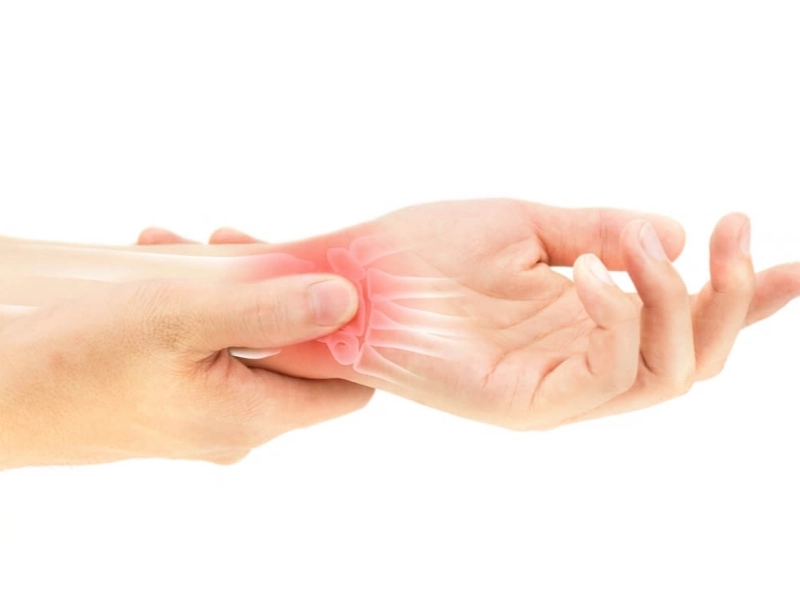 A variety of moves are commonly used by climbers to grab holds and maintain their upright position on the wall. The tendons surrounding your elbow may become irritated as a result of these repeated motions over time. Tennis elbow, or lateral epicondylitis, is the term for this. The outside of your elbow is painful and stiff from this injury. Additionally, it may result in hand and forearm weakness.
An intricate web of tendons and ligaments supports the bending, moving, and gripping abilities of each finger. These tendons pass beneath what is known as a pulley in your wrist. Regular climbers have the ability to rupture this structure, which is known as the Triangular Fibrocartilage Complex (TFCC). Bending your finger toward the pinky may feel painful due to this injury, which also produces achy wrist ache.
It's critical to perform your rock climbing activities correctly to avoid injury. This include warming up and stretching properly, using good form when climbing, and giving yourself time to recuperate in between climbing sessions.
A variety of moves are commonly used by climbers to grab holds and maintain their upright position on the wall. The tendons surrounding your elbow may become irritated as a result of these repeated motions over time. Tennis elbow, or lateral epicondylitis, is the term for this. The outside of your elbow is painful and stiff from this injury. Additionally, it may result in hand and forearm weakness.
An intricate web of tendons and ligaments supports the bending, moving, and gripping abilities of each finger. These tendons pass beneath what is known as a pulley in your wrist. Regular climbers have the ability to rupture this structure, which is known as the Triangular Fibrocartilage Complex (TFCC). Bending your finger toward the pinky may feel painful due to this injury, which also produces achy wrist ache.
It's critical to perform your rock climbing activities correctly to avoid injury. This include warming up and stretching properly, using good form when climbing, and giving yourself time to recuperate in between climbing sessions.
Meniscus Tears
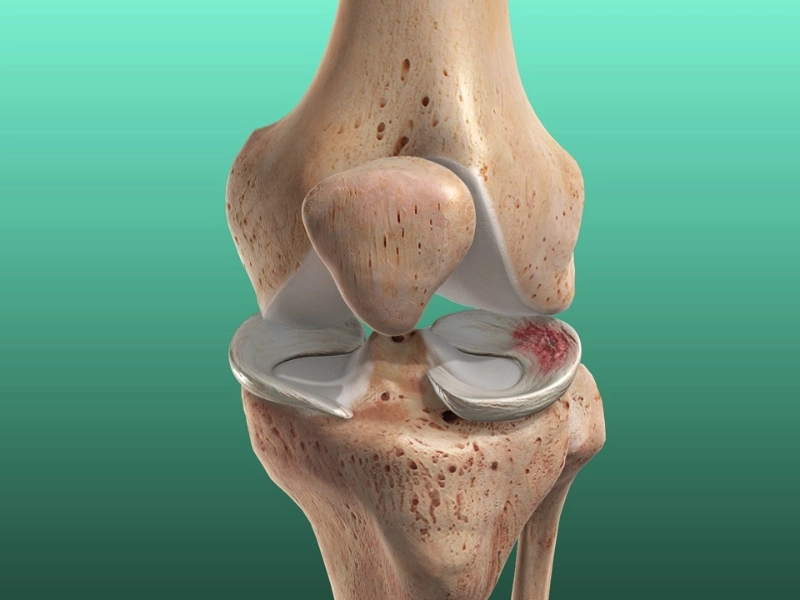 Climbers' hands and fingers take a lot of strain, particularly when they're holding onto something securely. This may result in overuse ailments such as medial epicondylitis, or climber's elbow, or wrist tendinitis. It may also cause ligament sprains and tears. The sheaths of connective tissue that encase your finger tendons, known as annular pulleys, can also rupture, especially during closed-hand crimping. When you manipulate your fingers, this hurts and becomes painful, and it can pop.
Climbing can also cause injuries to your knees. Meniscus tears can occur from jumping or falling while bouldering, as well as from dynamic motions involving twists in the middle of your knee. Meniscus is a rubbery cartilage pad. This produces severe discomfort and edema, leading to unsteadiness and feebleness.
Foot ailments such as Morton's neuroma, which is excruciating and feels like you are walking on a ballbearing beneath the ball of your foot, can also happen to climbers. Wearing broader shoes can prevent it from happening, as it usually happens to those who wear tight shoes.
Climbers' hands and fingers take a lot of strain, particularly when they're holding onto something securely. This may result in overuse ailments such as medial epicondylitis, or climber's elbow, or wrist tendinitis. It may also cause ligament sprains and tears. The sheaths of connective tissue that encase your finger tendons, known as annular pulleys, can also rupture, especially during closed-hand crimping. When you manipulate your fingers, this hurts and becomes painful, and it can pop.
Climbing can also cause injuries to your knees. Meniscus tears can occur from jumping or falling while bouldering, as well as from dynamic motions involving twists in the middle of your knee. Meniscus is a rubbery cartilage pad. This produces severe discomfort and edema, leading to unsteadiness and feebleness.
Foot ailments such as Morton's neuroma, which is excruciating and feels like you are walking on a ballbearing beneath the ball of your foot, can also happen to climbers. Wearing broader shoes can prevent it from happening, as it usually happens to those who wear tight shoes.

